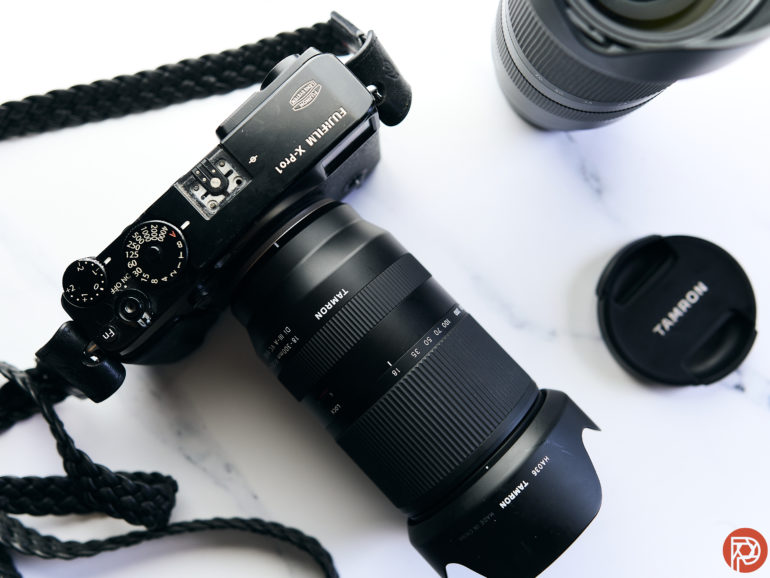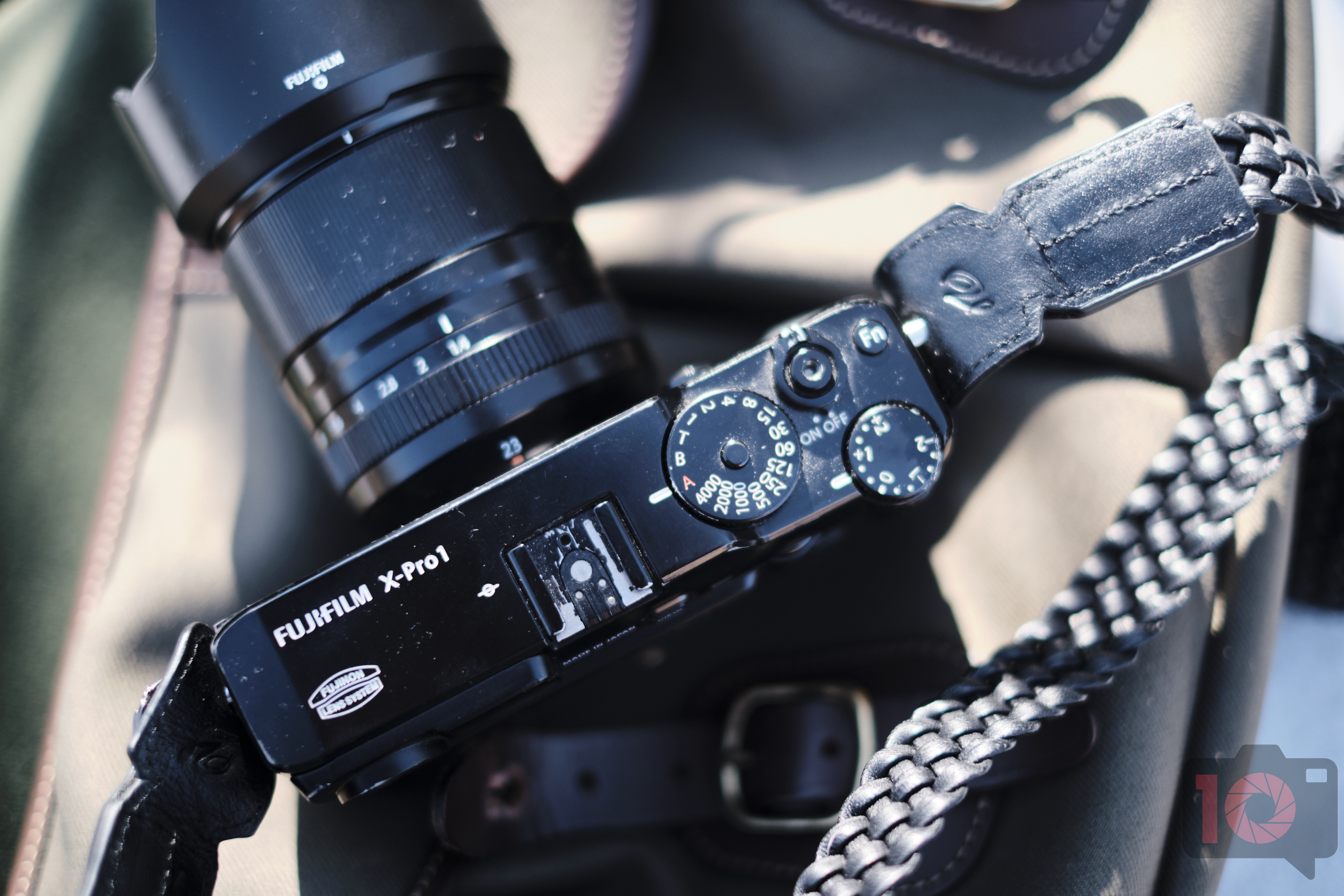The launch of the Fujifilm X Pro 1 caused a stir of excitement in the photo industry akin to what every new photographer enjoys and experiences when they pick up their camera. For many of us, we were dumbstruck by the fact that a new camera was embracing the older way we all asked for. And it genuinely took off quite well. I remember getting mine with the 35mm f1.4 and bringing that with me instead of my 5D Mk II. That camera epitomized what mirrorless could’ve truly been at the time. Things evolved with the Olympus EM5 and the Sony a7 series, but it’s a well-accepted fact that the Fujifilm X Pro 1 was the first camera to get photographers excited about mirrorless cameras.
Over a decade later, we’ve seen three new iterations of the camera. The Fujifilm X Pro 2 added weather resistance and the beautiful Acros film simulation. The X Pro 3 added a screen newer photographers didn’t understand, and it could’ve arguably become one of the most incredible cameras Fujifilm ever made if they gave more support. But like a flustered apartment dweller not understanding that their Aloe Vera just needs new soil, they threw it to the wayside.
Fujifilm, to the press and in public interviews, cited that the X Pro 3 didn’t sell well. A major part of this was their lack of marketing and helping people understand how differently it can be used. While Fujifilm says it never sold, I’ve seen a lot of them in the wild (in the hands of more experienced photographers). For what it’s worth, this camera gets out of the way of making pictures and makes the process easy in the same way a Leica does. But like all things worth learning about, you have to actually learn it.

Considering how great the X Pro 1 was (and still can be) amidst Fujifilm saying that product life cycles will be shorter going forward, I’m wondering what’s coming soon from Fujifilm. I really want them to keep the screen the way it is (with the e-ink reader). However, I also see how it would be better to be more like the XT-5’s swivel style. If they could combine both aspects, maybe sales will increase. But this would also detract from how the X Pro 3 is used, which is like either a proper rangefinder or a TLR/Medium Format finder-style camera.
What might hurt it even more, though, is the customer’s lack of faith. Many X Pro 3 users are angry at Fujifilm for giving lesser cameras better autofocus and more updates. Further, the autofocus and usability of more advanced functions that Fujifilm now includes are poorly implemented compared to other brands. And the Fujifilm X Pro 4 will need far better autofocus performance or a constant lineup of firmware updates lined up. The problem is that the Kaizen philosophy from Fujifilm is more or less gone; they’ve publicly stated they’re not going to offer as many firmware updates anymore.
As a Fujifilm customer since the X Pro 1, and as one who’s bought a new Fuji product every year, I’m concerned about this lineup. At the same time, Fujifilm makes cameras and lenses that often need the least post-production of any brand we’ve used. And both the staff and I adore this.


